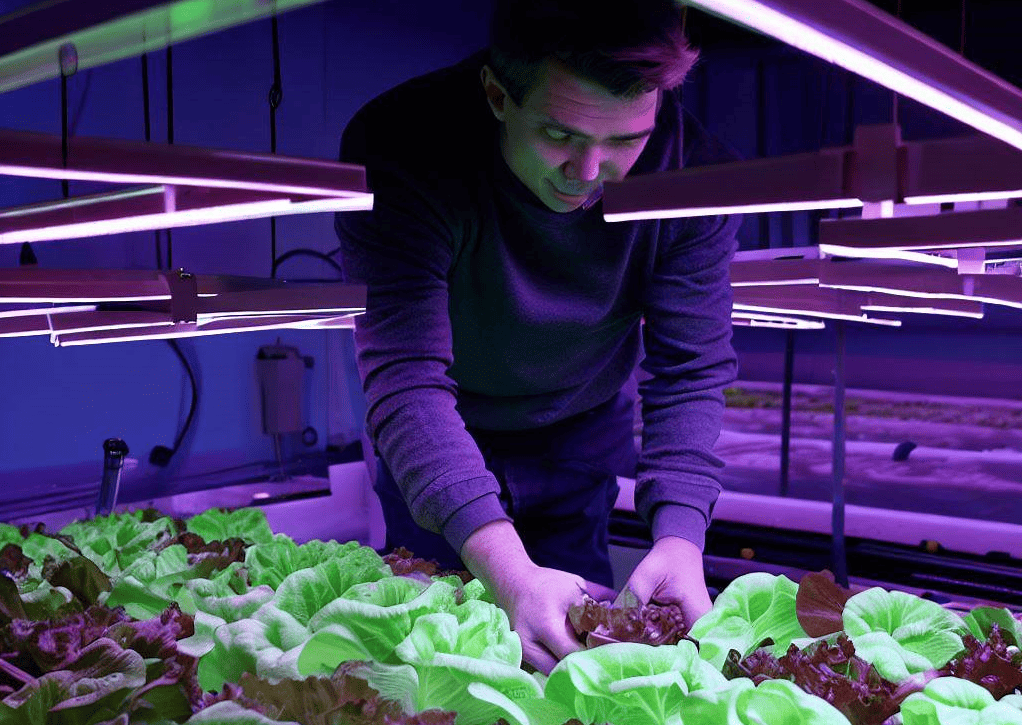
We need more food – we’ll be 10 billion people by 2050 – we must pollute less, and reduce freshwater usage. These three necessities don’t seem to go well together. Aquaponics might be of help here. This technique consists of growing vegetables and fish in a closed environment, a know-how that traces its origins back to the Aztecs.
What’s aquaponics?
The word aquaponics comes from the merging of aquaculture and hydroponics. Aquaculture is the process of fish farming in a controlled environment, and hydroponics is a way of cultivating crops in water. Combining the two means having a controlled environment where vegetables and fish can be cultivated simultaneously. Although different ways to grow crops through aquaponics systems exist, the concept is to raise crops in a water bed and fish in a tank.
How does aquaculture work?
In aquaculture, fish – and plants in some cases – are grown in tanks with recirculating water. However, given the high concentration of animals, fish effluent concentration is also high, resulting in significant ammonia concentrations that aren’t good for fish. Therefore, to keep fish alive, part of the water must be discharged daily, requiring substantial water amounts daily and polluting water streams. Moreover, farmers often need to use antibiotics to treat their fish.
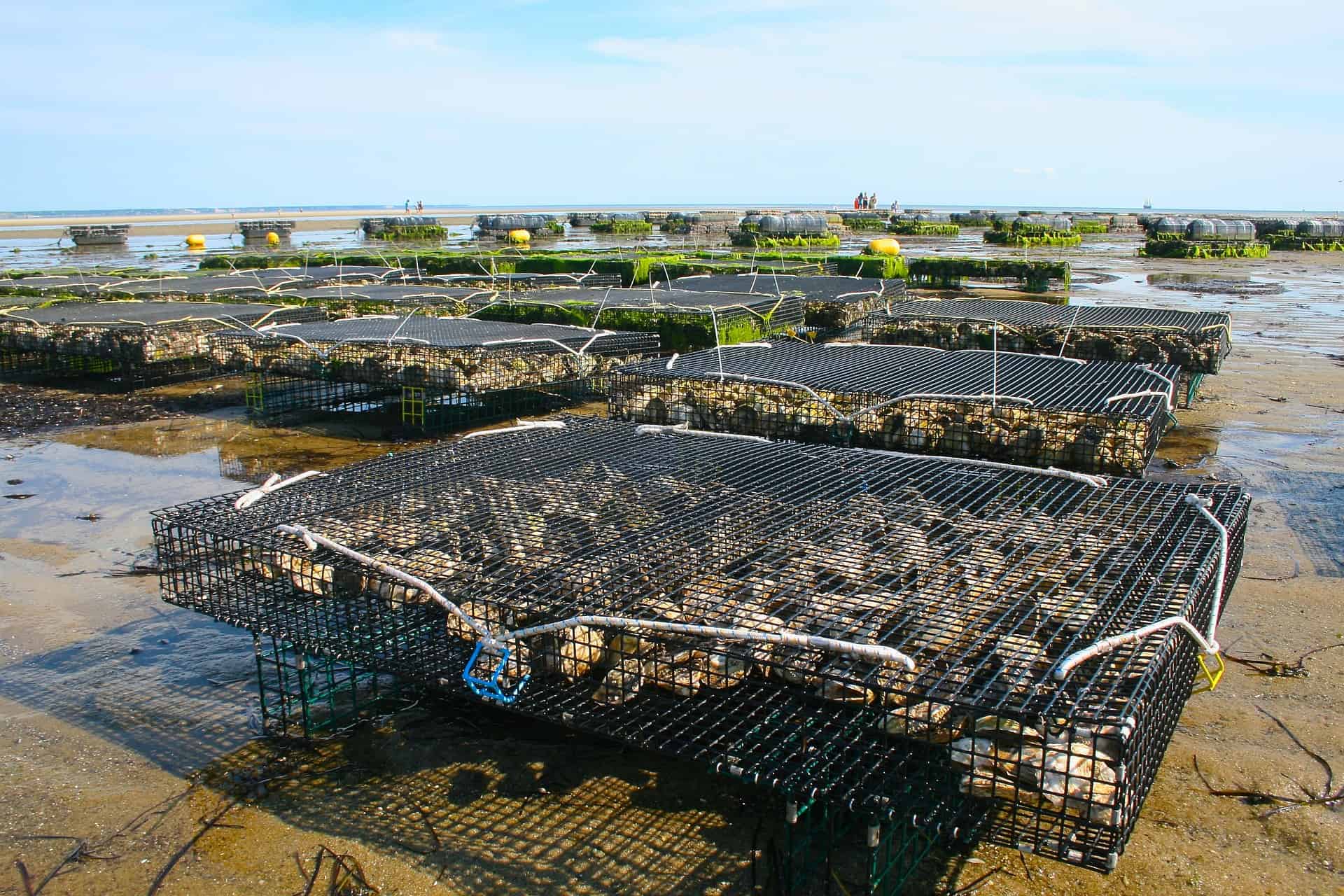
What about hydroponics?
Hydroponic systems use artificial nutrients to grow vegetables. Hydroponic settings are very delicate ones, requiring constant monitoring, as well as periodic water discharge. Over time, salts and chemicals build up in the water, becoming toxic for plants.
What’s the trick with aquaponics, then?
Combining crops and fish culture establishes an ecosystem where plants and aquatic animals help each other. As a result, aquaponics mitigates some of the downsides of aquaculture and hydroponics by merging them. Fish waste becomes optimal plant nutrition with the help of bacteria that break down toxic compounds. In turn, they work as biofilters, cleaning up the water for the aquatic animals eating those poisonous compounds, making it ready to start the process again.
Establishing a closed ecosystem where animals and crops co-exist and work in symbiosis is the trick of aquaponics. This cooperation continuously recycles water, reducing its consumption by up to 90 percent compared to conventional agriculture.
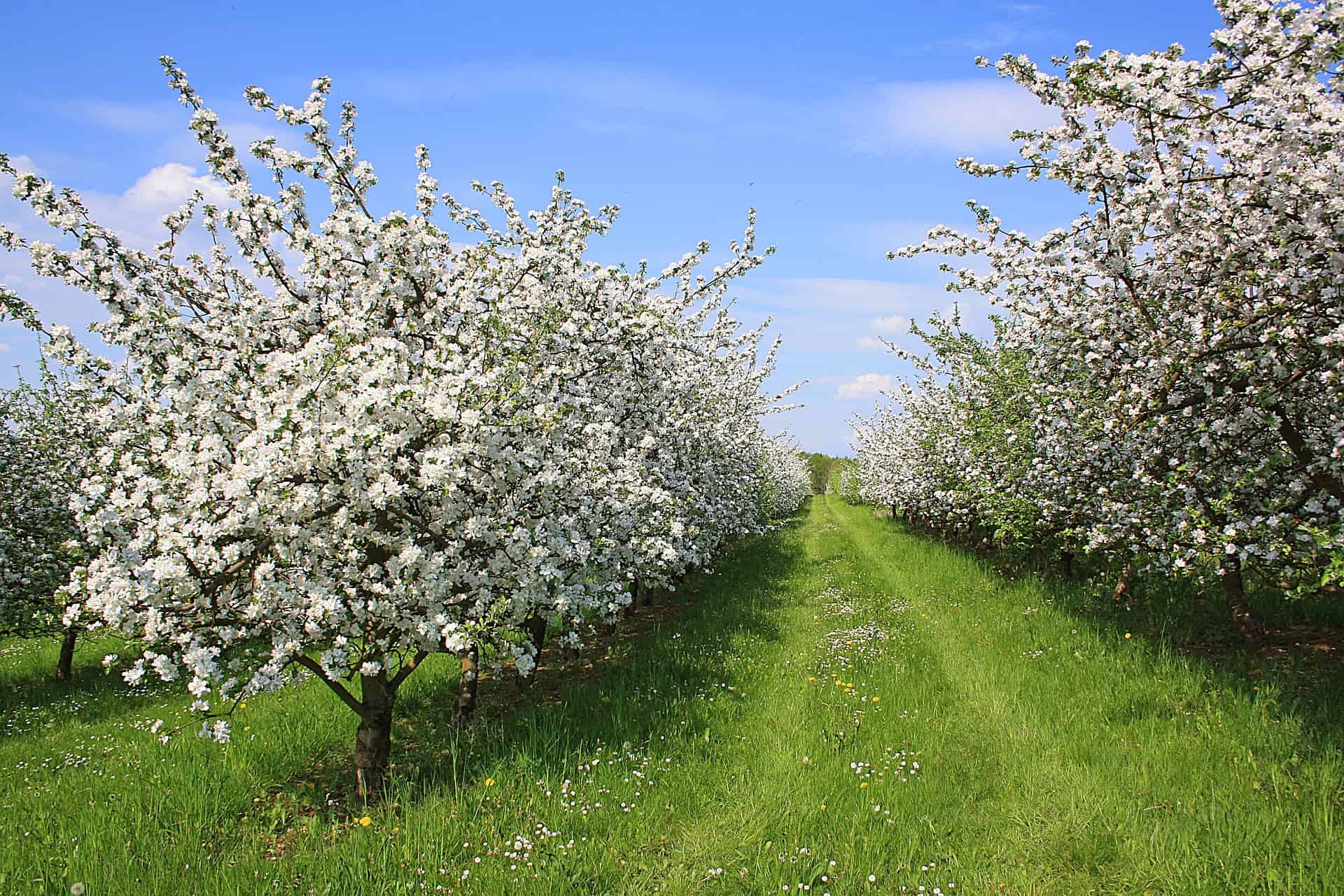
What are the disadvantages?
Aquaponics comes with several challenges.
- Being a closed ecosystem, diseases and pests affect both fish and plants. If crops catch a pest, this will spread to fish, too, and vice versa. Moreover, using chemical pesticides on crops wouldn’t be an option, as they would poison fish.
- The pH stability of the system is very sensitive. While fish like weather pH levels of about 7-8 pH, plants prefer more acidic water – with a pH of around 5-6.5. Bacteria enjoy more alkaline waters with a pH of 8-9. Accommodating the needs of all three actors involved is complicated, as pH levels oscillate constantly, requiring constant monitoring.
- Population control is another problem. Too many fish – and waste – can clog the system and overstress crops and bacteria. If fish feel too crowded or stressed, they’ll stop growing or die. On the other hand, too few fish might make crops and bacteria starve.
- Ideal water conditions are much appreciated by algae too, which can grow to cause suffocating algal blooms.
- Similar to what happens with water acidity levels, animals, plants, and bacteria prefer different temperatures, which might be problematic to maintain if the whole aquaponics system isn’t inside a temperature-controlled environment.
- Outdoor aquaponics facilities face increased water loss from evaporation, are more vulnerable to outside pests and predators, and are subject to local weather.
- High electricity inputs. Keeping growing lamps on and water moving requires a lot of power, making it more expensive than conventional farming – although with significant water savings. Initial costs are high, and profit margins are generally minimal compared to traditional agriculture.
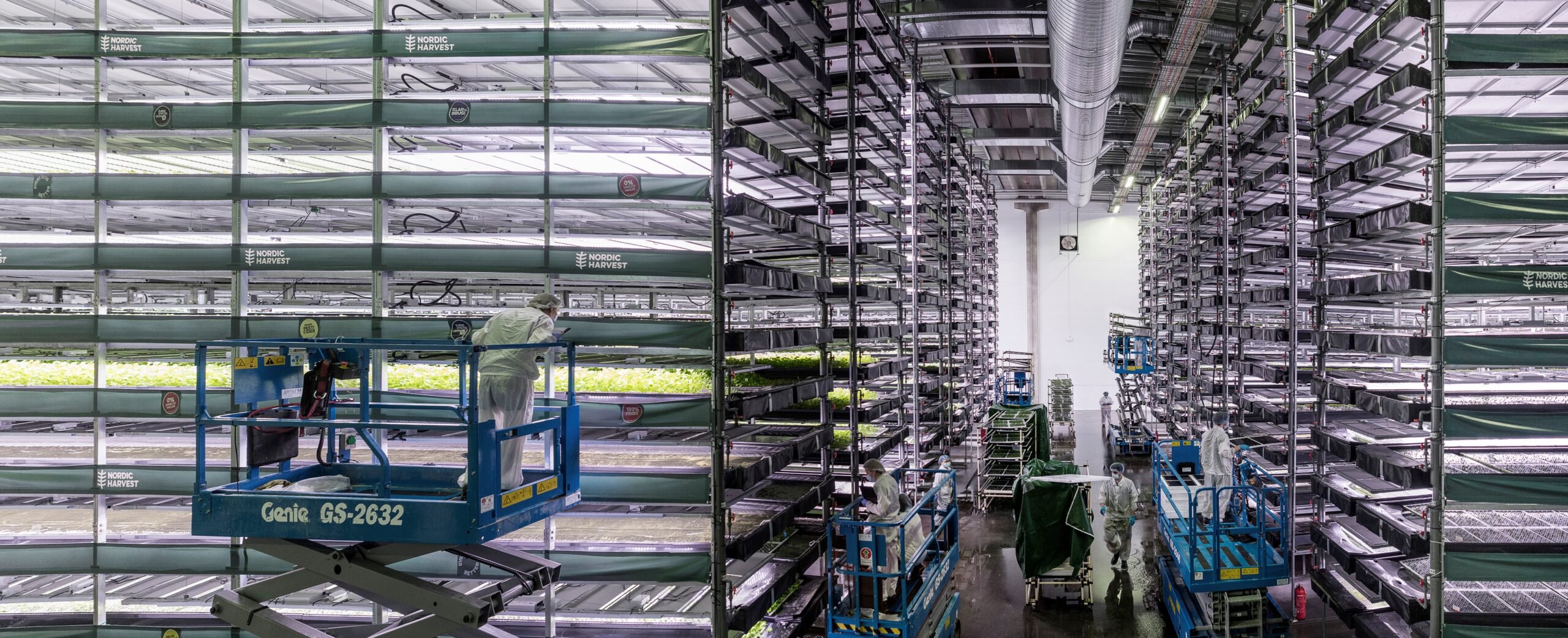
What fishes can be cultivated?
The fishes used in this kind of aquaculture are freshwater ones. Species like tilapia and barramundi grow fast and can live in different water conditions. Specifically, tilapia is often considered the gold standard for aquaponics. It grows to a mature size in just eight months, self-regulates its population, and is resilient to different temperature ranges and water qualities.
Trouts are an option for colder water temperatures but are more expensive and easy to raise than tilapia, while shrimps and snails can be cultivated too. Fish can be fed with animal store fish food, water lettuce, or duckweed.
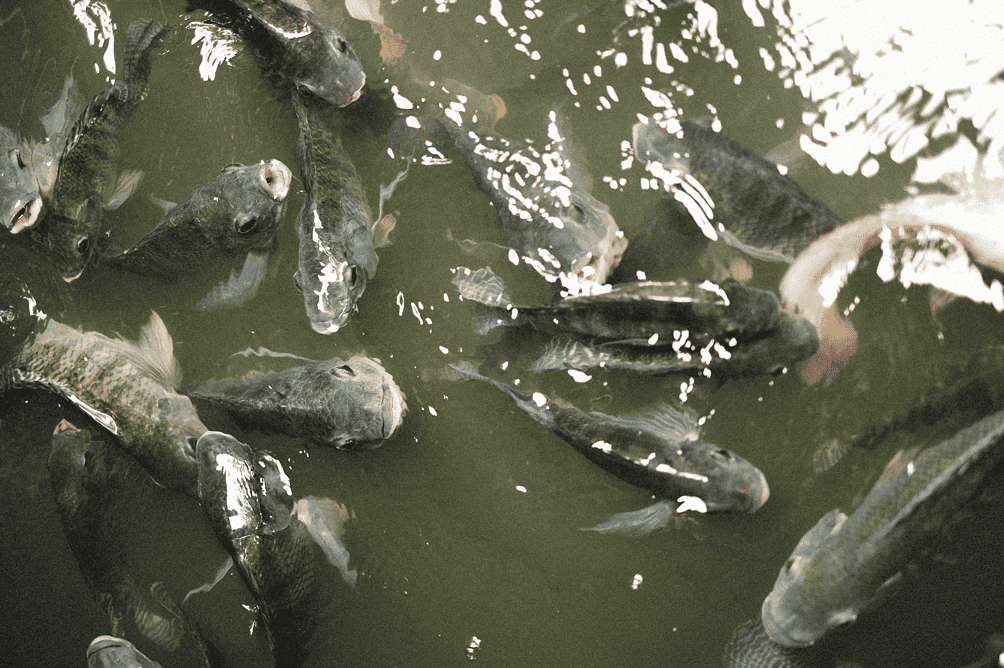
What crops can be grown?
Leafy crops such as lettuce, Swiss chard, or cabbage can be grown in aquaponics. These can also be cultivated in home systems, as they require a lower nutrient input, while in more complex plants, tomatoes, cucumbers, and broccoli can be grown. Choosing the right crops depends on the setting where the system is located. Indoor or outdoor makes a difference in water temperature and what fish and veggies cultivate.
What to expect?
Aquaponics isn’t mature enough to be a commercially viable alternative to conventional farming, as many challenges must be overcome. However, the potential and the benefits it can bring – healthy food using less land and water – are very appealing. The American company Superior Fresh produced over 90,000 kilograms (200,000 pounds) of salmon and 1,360 tons (3,000,000) pounds of salad greens in landlocked Wisconsin, using two and a half hectares of land (six acres). Traditional agriculture would have needed over 40 hectares (100 acres). Furthermore, the venture became profitable as the company expanded its operations.
Aquaponics might not be the ideal solution for everyone, but it can represent one more option to consider for producing food in the coming decades.

